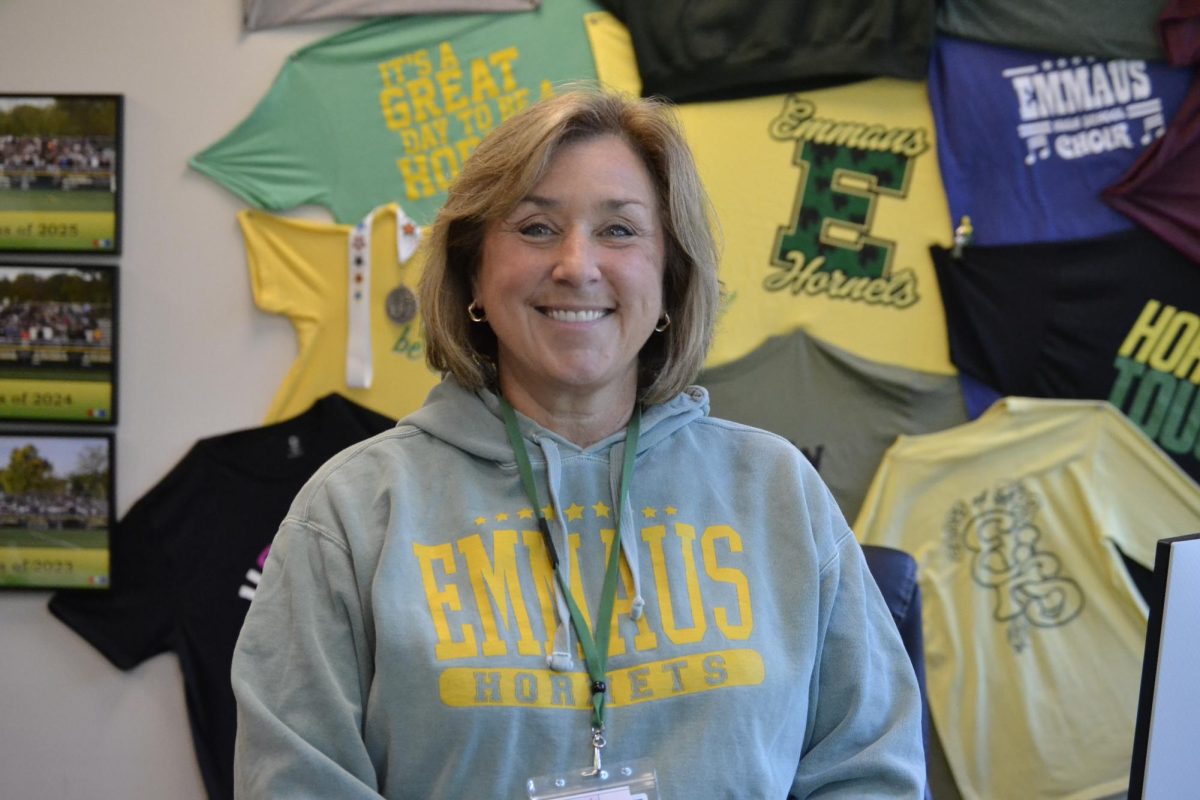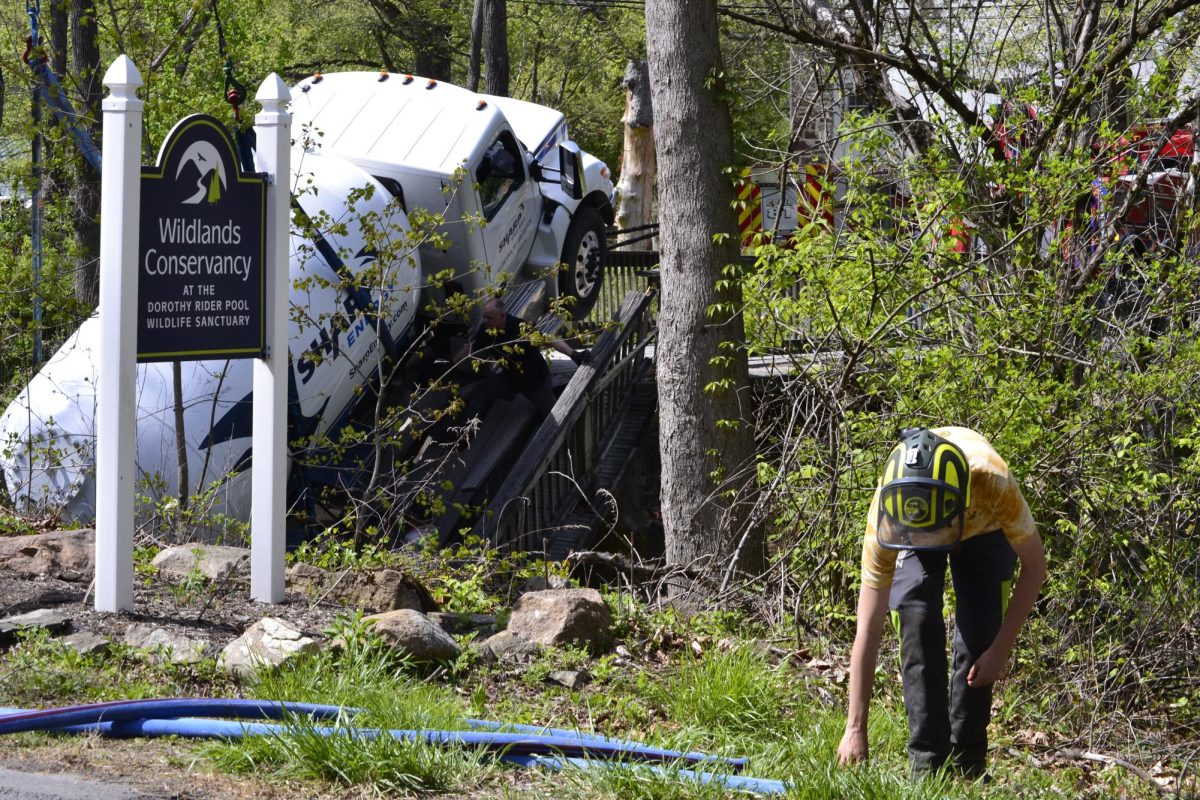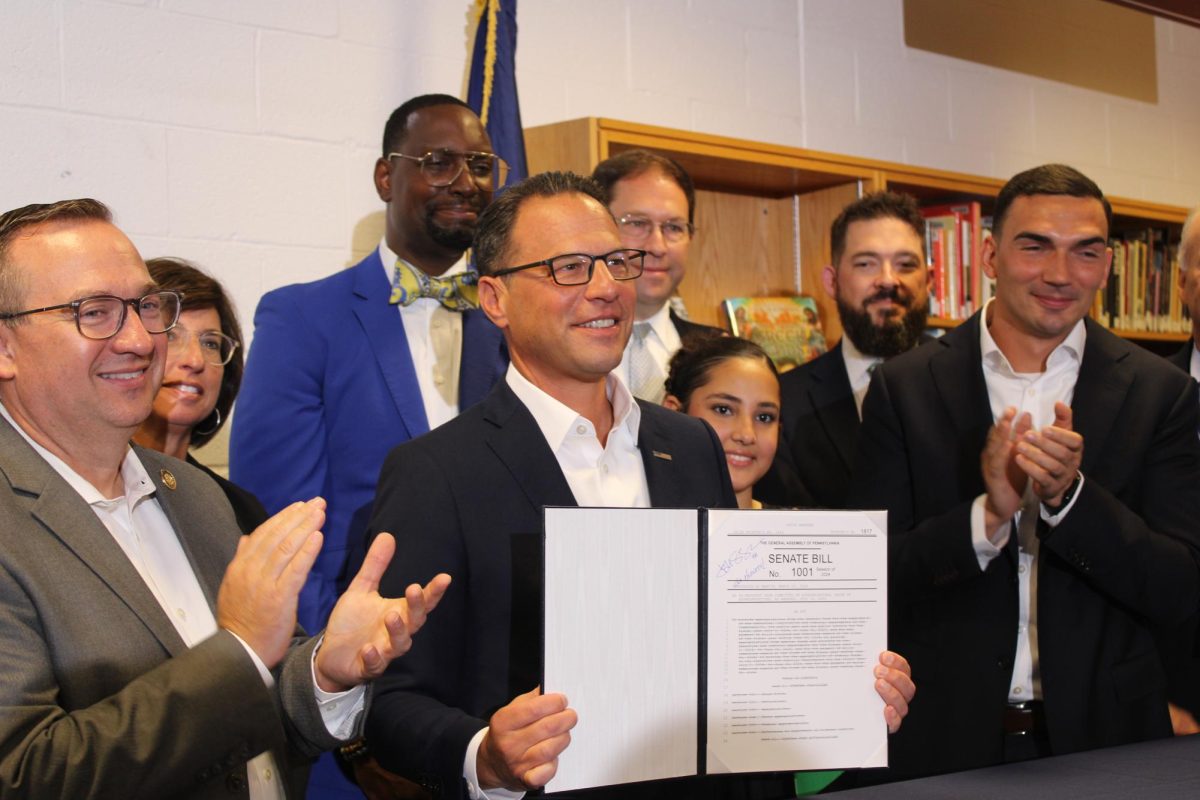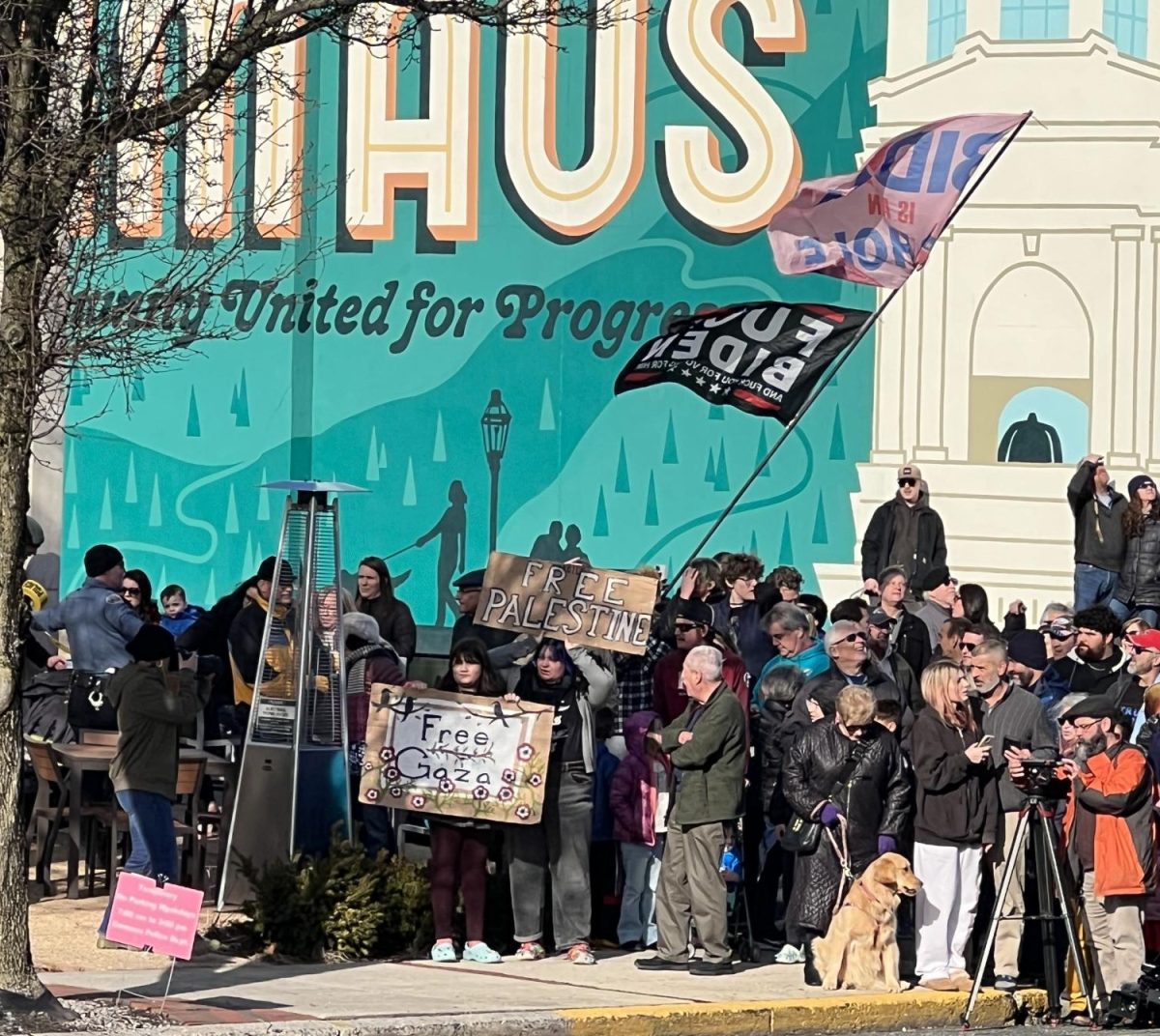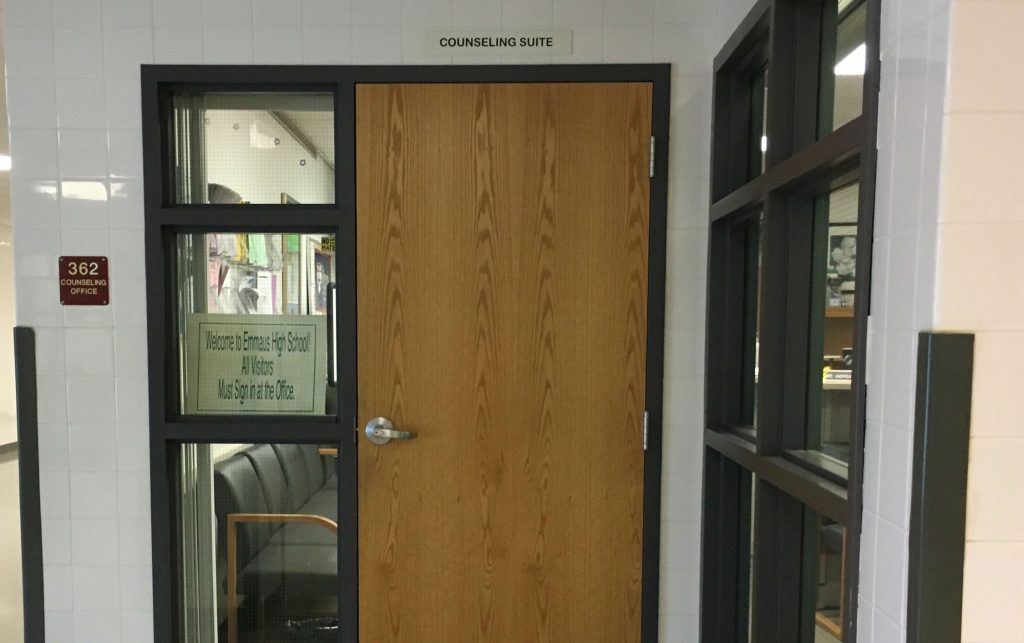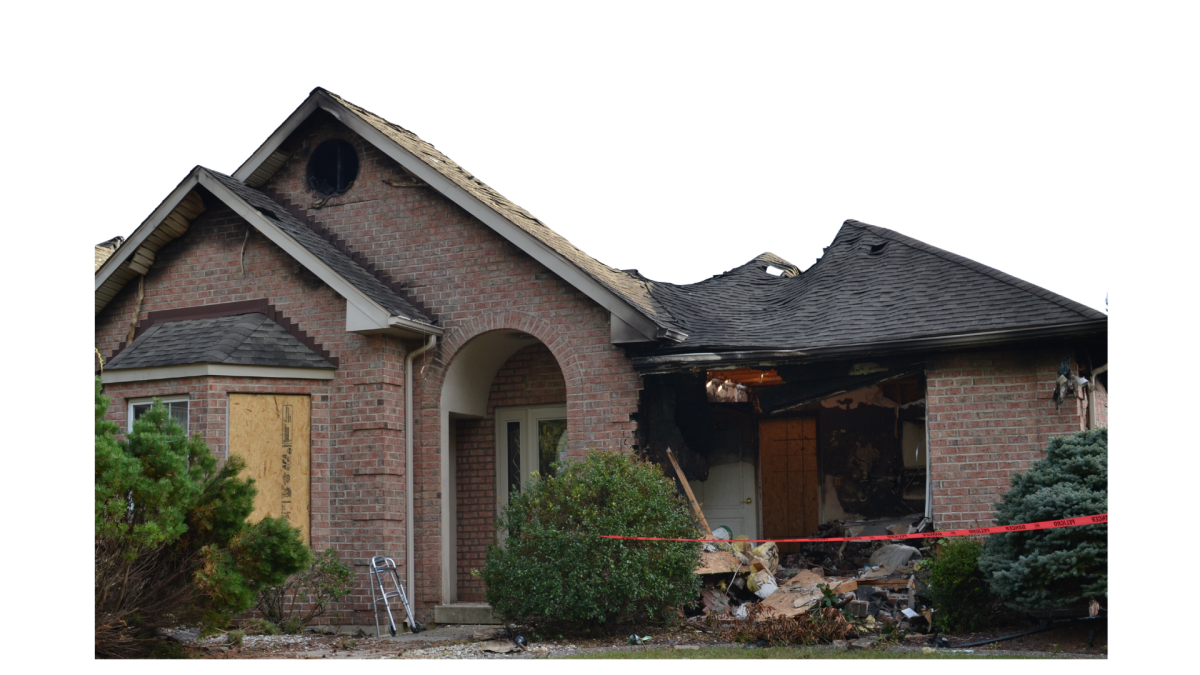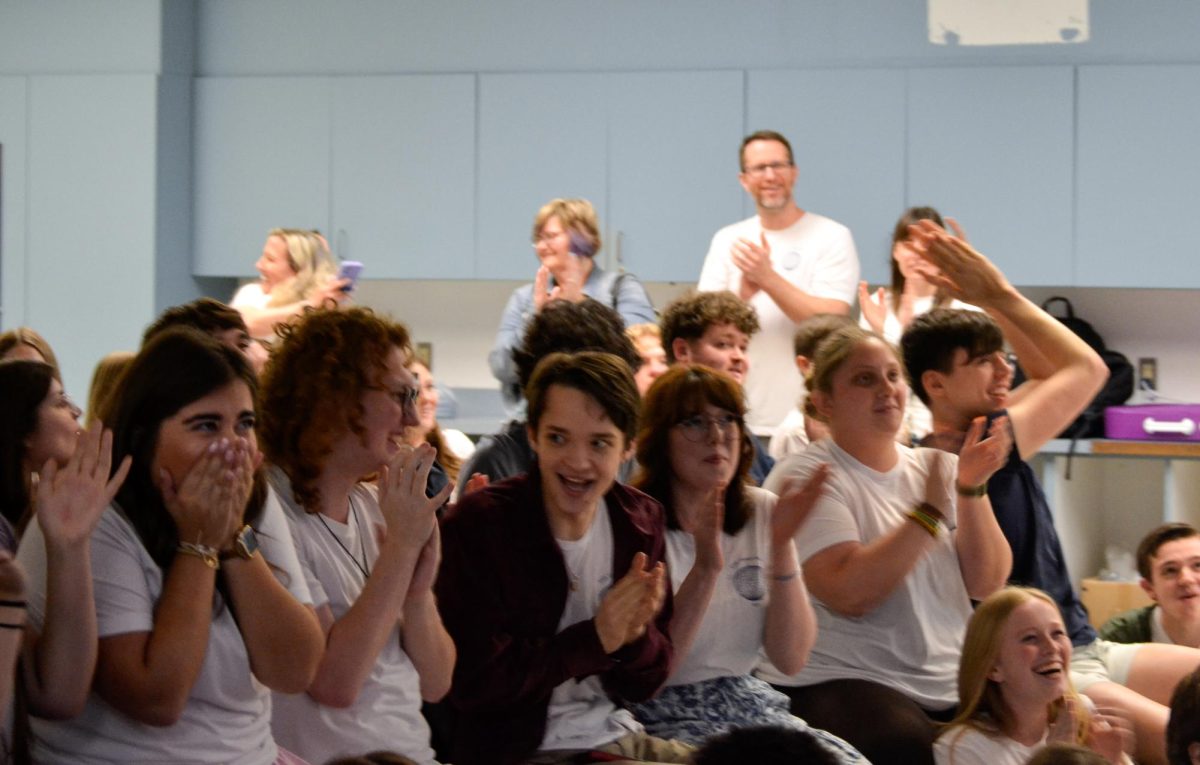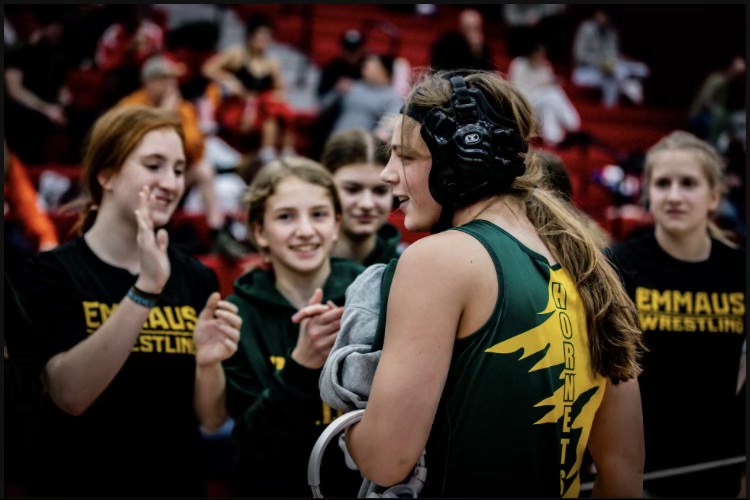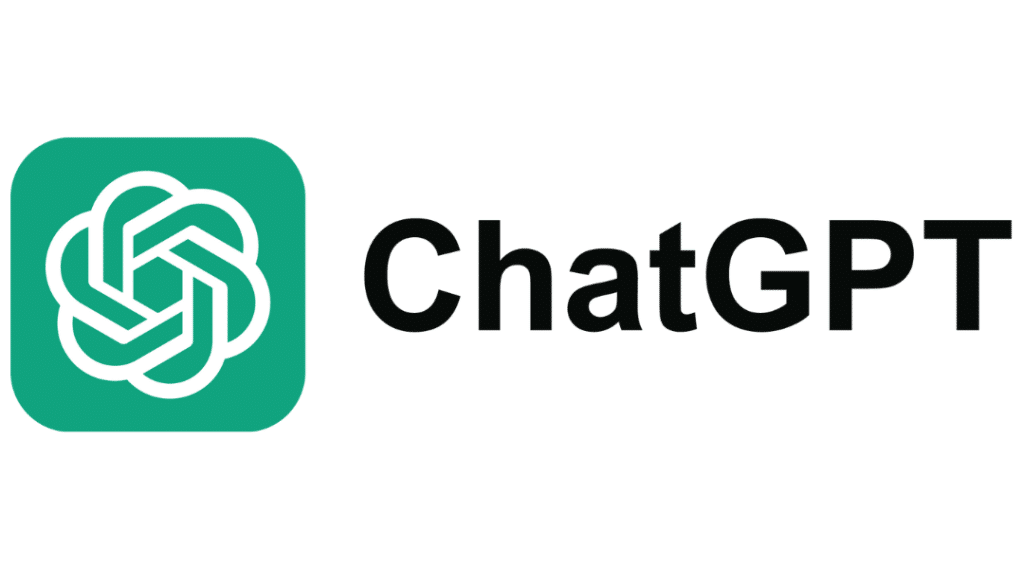Content restrictions and blocked websites have been commonplace at EHS in recent years — but in mid-November, the bans have reached a new level: blocked search terms.
The blocked content, which used to be limited to specific websites like social media or sites deemed dangerous to EHS’ device security, have now expanded to include even search engine result pages for certain words.
For some words, the reasoning behind the restrictions are logical — words like “gun” and “sex” have been blocked. Other words, like “German” — which has been unblocked since the initial roll-out of restrictions — or “KKK,” are also inaccessible on school-owned devices.
In addition to the restricted keywords, blocked websites — often including sites students often needed for schoolwork —have become more common. The tightened restrictions are having a larger effect on students than ever before.
Computer science student and senior Manasvi Kukade feels that the restrictions have affected her ability to do classwork.
“At least in coding, sometimes even docs were blocked, at least personally for me. That’s what happens, like [with] Java Docs,” Kukade said. “I need to use my phone, and I usually do that out of school, because you’re not allowed to have phones in school. That’s usually how I work around it, because I feel there’s no other way I could use some technology.”
Sophomore Meenapriya Muthiah thinks the restrictions are having a negative impact on her German classwork as well.
“Mainly, it’s affected my German class because they censored out the word German, I can’t search up anything related to that,” Muthiah said. “I could just take out the ‘G’ and [type], ‘Er-
man.’ But it’s just kind of inconvenient that they’re not addressing the issue, and they’re just blocking words.”
In most cases, blocked searches are easily accessible for students. By changing words slightly, or by using the plural of a word, students can often slip past the blocks.
Some students have observed that the blocked-keywords system is subject to errors; when a search includes a blocked keyword, the whole search is unable to go through.
Beth Stoudt, a computer science teacher at EHS explains her encounters with the blocked terms and resolving them.
“I’ve had to have [IT] unblock specific websites because they didn’t make it,”
Stoudt said. “It wasn’t that they were inappropriate content; it was just how it was tagged that it wouldn’t make it past the filter.”
Basic user guidelines are nothing new on EPSD devices — however, the use of blocked keywords and searches only arose in mid-November. EPSD Director of Technology Michael Billman felt that the changes were called for.
“It’s based on need, and also meeting requirements for federal law and board
policy,” Billman said. “[It’s] making sure that what is accessible for students is aligned to instructional purposes and practices. It’s that based on those needs — both district administration, including our Office of Teaching and Learning [and teacher’s] — that those programs and ac-
cess to applications are aligned to that.”
The increase in restrictions is not just out of a desire to keep students off of websites the school deems inappropriate, however. EHS, like all schools in the U.S. that receive E-Rate funding (a program that makes telecommunications and information services more affordable for schools and libraries) or other federal grants for internet access and internal connections, is subject to the Children’s Internet Protection Act (CIPA), which, according to the Federal Communications Commission, “was enacted by Congress in 2000 to address concerns about children’s access to obscene or harmful content over the Internet.”
Billman clarified the district must abide by CIPA laws to receive federal funding for technology.
“[CIPA is] a federal law that requires that we need to have technology measures, both by federal law requirements, and also that [are] in our [EPSD’s] acceptable use policy, [that meet] those requirements,” Billman said.
The technology department is guided by the EPSD Internet Usage Policies, which state that use of school technology “must be consistent with the educational and administrative objectives of the school district.”
The policies include rules to ensure CIPA laws are followed within the district, and also ensure the protection and security of EPSD technology and information. While the baseline EPSD Internet Usage Policies are consistent throughout the district, each school has a unique set of guidelines in addition to the Internet Usage Policies.
Billman explained how the restrictions vary across the district.
“It is different based on level, and then it’s based on what the need is at that level, from elementary, middle to secondary, or say, high school,” Billman said.
For example, EHS students have the ability to email people within and outside of the school district. At EPSD middle schools, students are only able to email within the district. Elementary students are not able to email through school accounts at all. Billman declined to give a complete list of what words specifically were blocked for security and operational reasons.
He emphasized how restrictions are not set in stone, and how if there is an error or if students need access to a website, the technology department is amenable to make the changes necessary.
“[Staff and teachers] report to the technology department, and we take it [errors] under review, and the majority of the time, we allow that access,” Billman said. “There’s also the same thing with websites. Websites that are blocked… can be made available based on that request.”
Students and instructors are able to submit these requests through either reporting an error, which can be done right through the screen alerting them of a blocked website, or through submitting a ticket to IT.
The increased restrictions have met mixed reviews — many reflect that there is a need for some sort of guidelines for student internet use, but that the current guidelines aren’t communicated well enough.
Science teacher Brent Landrum believes there is a need for transparency regarding the internet-use guidelines.
“I think the school has the right and the obligation to restrict access to information in a transparent and public way, so that the members of the community can investigate that or become familiar with that,” Landrum said. “If they have a problem with that, they can take that to the school board. So again, I think transparency is the most important part of that.”
As the guidelines change and restrictions increase, the district’s role in monitoring and restricting student internet use comes into question.
“I think the thing to do is to teach kids how to use [technology]. They need to learn how to use it appropriately,” Landrum said. “I don’t think it should be an attempt on our part to have these ‘Gotcha’ moments. I think we should be teaching them how to properly use it.”
Muthiah believes that communication regarding the restrictions is important.
“They should address the issue more instead of just doing it. It should be a conversation that students are having with their teachers,” Muthiah said. “When it first started happening, people were just confused about why it was happening. It’s important that you know that something like this [trying to access blocked content] isn’t okay, instead of just being blocked from doing it.”
Internet use and technology are only becoming more prevalent in student’s day-to-day lives, and as such, the internet use guidelines will continue to evolve.
Billman and the Technology Department have tried to be receptive toward students and their requests.
“There’s that balance that we have to find,” Billman said. “Just know that I’m always open to [having] open dialogue and to be supportive of the student body, because it’s your future, and I want to make sure you have what you need.”
Additional reporting by Gabe Meyers
and Zoe Hulings.


